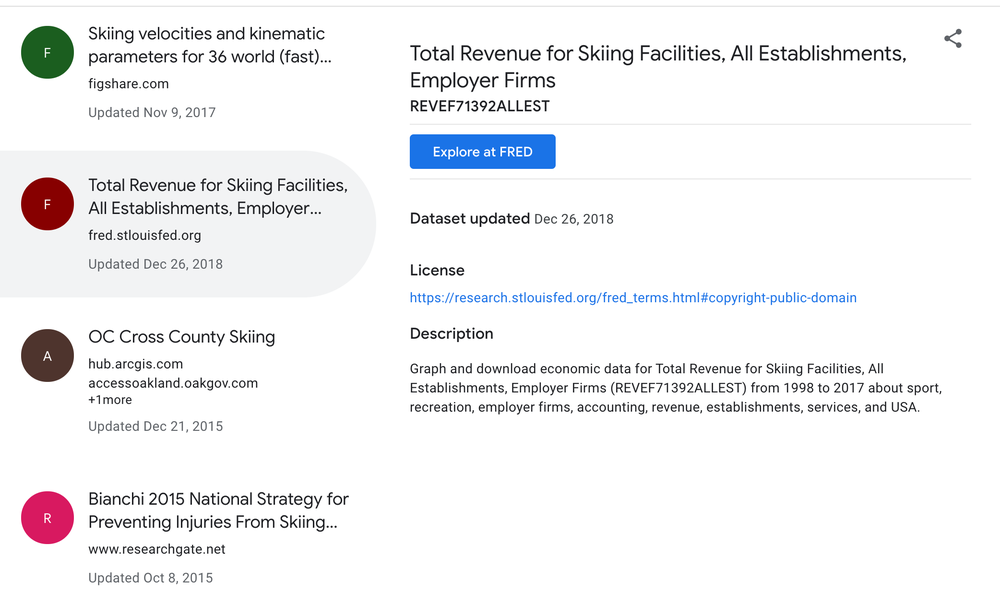Google’s DataSet Search, a feature announced in September 2018, is now out of beta. The new search feature allows researchers to search for over 25 million publicly available data points.
The datasets that have been made available include a number of interesting data points. For example, if you are looking to buy/adopt a pet, you could find datasets compiling complaints of puppy buyers or studies on puppy cognition. Or if you like skiing, you could find data on revenue of ski resorts or injury rates and participation numbers. Dataset Search has indexed almost 25 million of these datasets.
While being in Beta for almost a year and a half, Google says that it has collected plenty of feedback from early adopters. That feedback has resulted in some handy new features. To start with, DataSet search is now available for mobile as well. The addition is important, considering that a lot of academic researchers across the globe will be using this, and you seldom do not have any other device other than your mobile, while you are on field.
Users can now also filter the results based on the types of dataset that you want (e.g., tables, images, text), or whether the dataset is available for free from the provider. If a dataset is about a geographic area, you can see the map.
Anybody who publishes data can make their datasets discoverable in Dataset Search by using an open standard (schema.org) to describe the properties of their dataset on their own web page.
Dataset Search also gives us a snapshot of the data out there on the Web. According to Google, the largest topics that the datasets cover are geosciences, biology, and agriculture. The majority of governments in the world publish their data and describe it with schema.org. The United States leads in the number of open government datasets available, with more than 2 million. And the most popular data formats? Tables–you can find more than 6 million of them on Dataset Search.
The Tech Portal is published by Blue Box Media Private Limited. Our investors have no influence over our reporting. Read our full Ownership and Funding Disclosure →






